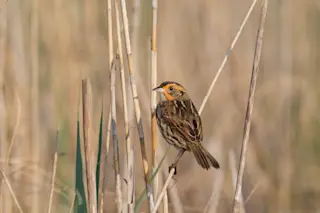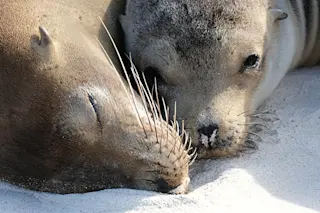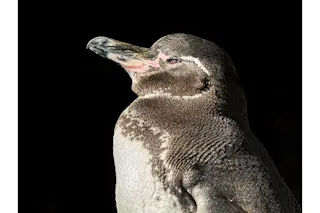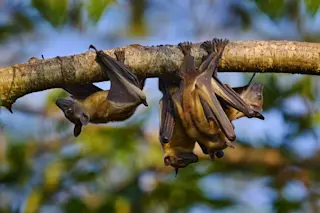The loon has long been a sentinel creature for detecting mercury in our waters. “Loons, because they are exclusively fish eaters, are a great indicator of how bad mercury can get in the wild,” says ecologist David Evers, chief scientist at the Biodiversity Research Institute, a nonprofit organization in Gorham, Maine. But now ordinary sparrows and backyard birds may join the club, providing researchers with a broader picture of mercury’s effects on the environment.
In a new study [pdf], Evers’s colleagues found high levels of mercury in the feathers of saltmarsh sparrows living in the wetlands of North Cinder in New York’s Long Island. Whereas loons accumulate mercury by eating large fish, songbirds are poisoned by eating spiders and other bugs.
“You might ask what difference it makes if a little bird is suffering from mercury poisoning,” conservationist Timothy Tear of the Nature Conservancy in New York says. But matter ...















